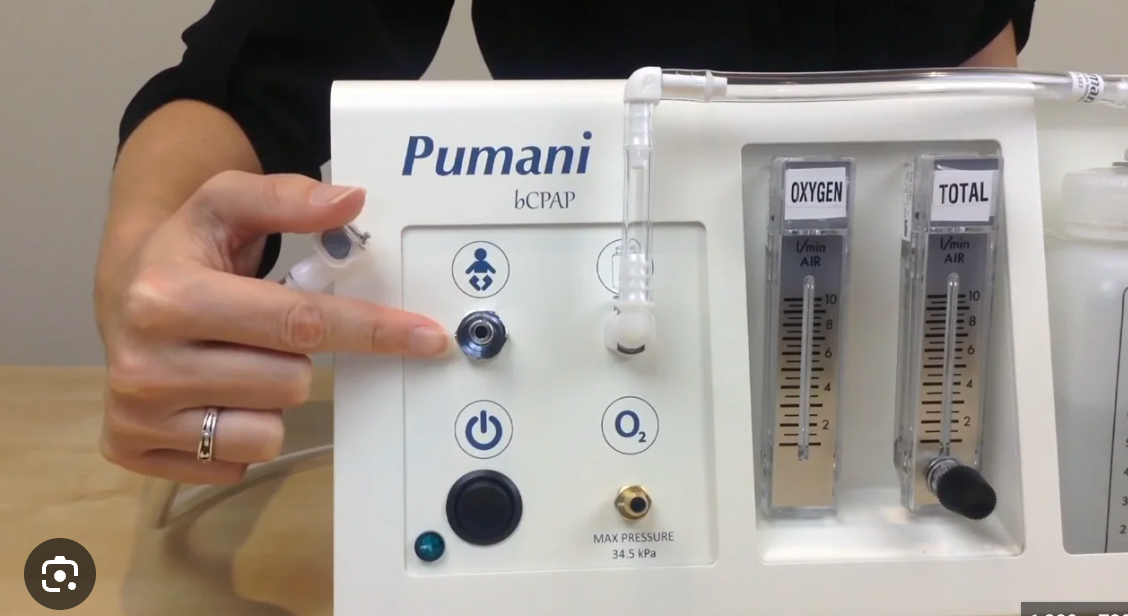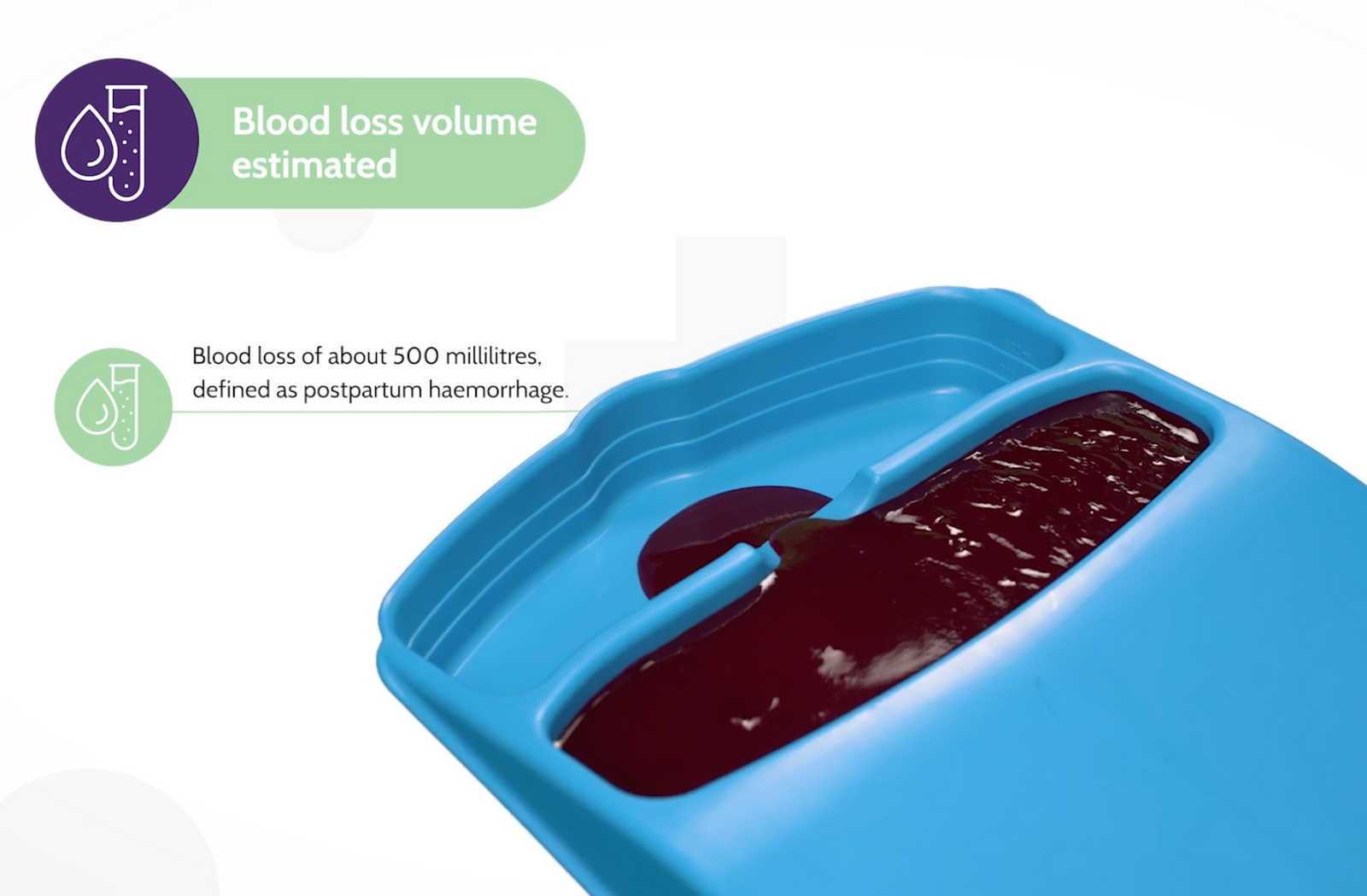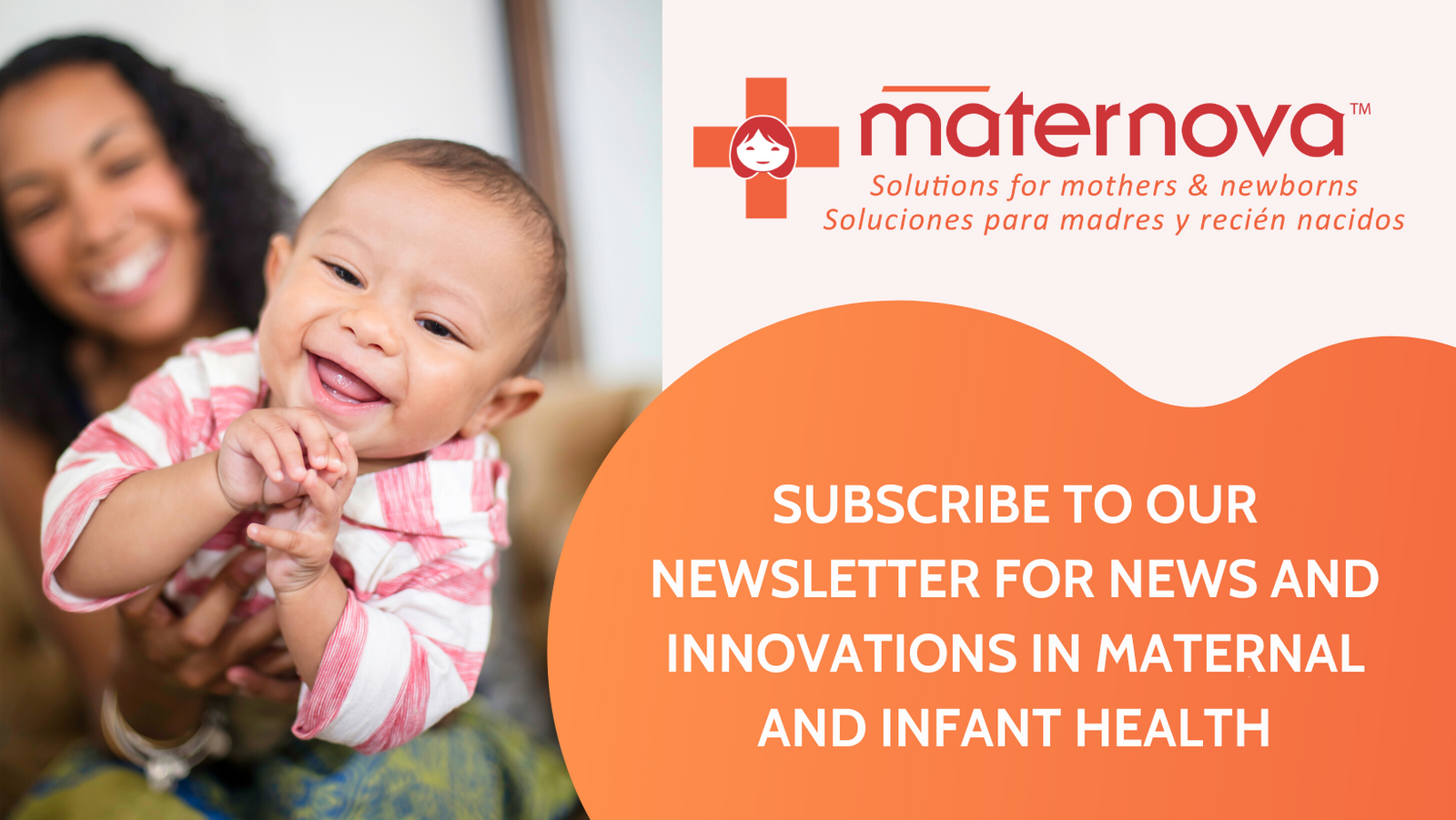Add description, images, menus and links to your mega menu
A column with no settings can be used as a spacer
Link to your collections, sales and even external links
Add up to five columns
Add description, images, menus and links to your mega menu
A column with no settings can be used as a spacer
Link to your collections, sales and even external links
Add up to five columns
Patterns with a Purpose
September 18, 2017 2 min read
By Frances Palmer
Gaia Vaccine Foundation is raising awareness of HPV in Mali. HPV, or Human Papillomavirus, is a common STD that can lead to cervical cancer if left untreated. That’s why it is so important for people to get vaccinated against HPV. In the US, for example, the association between HPV and cervical cancer is well known. However, in countries like Mali, there is not a lot of education about cervical cancer or its’ association with HPV. While some clinics in Mali offer free cervical cancer screening, the lack of education causes a disruption in care. Seeing a need to improve the level of awareness, Gaia Vaccine Foundation stepped in. Gaia science director, Annie De Groot MD, had the idea to design cloth targeted to women in Mali to tell about the connection between HPV and preventing cervical cancer. This was a perfect social media campaign to spread an important message. In West African clothing, designs and messages are often incorporated into clothing to tell stories or urge action.
In order to carry through with this project, De Groot found help in Eliza Squibb, a then-student at Rhode Island School of Design who now works at Gaia Vaccine Foundation. Squibb designed a beautiful, eye-catching West African “pagne,” complete with bright colors and bold patterns. The cloth depicts a near attack of the HPV virus embedded in abnormal cancer cells, with healthy cervixes, ovaries and fallopian tubes throughout the fabric. The phrases “je me vaccine” (I vaccinate myself), “je me protégé” (I protect myself), and “je me soigne” (I take care of myself) spread the message of self-care that GAIA Vaccine Foundation is trying to disseminate. Through a grant from the Bill Gates Foundation, GAIA is able to give women who have gotten vaccinated these pieces of cloth so that they can then spread this important message of public health.
sources:
http://www.risd.edu/news/stories/lifesaving-textile-designs/
Leave a comment
Comments will be approved before showing up.
Also in The Maternova Blog

Pumani bubble CPAP
November 11, 2025 1 min read
The Pumani bubble CPAP was engineered by a team at Rice University in Texas, working in collaboration with clinicians in Malawi. A range of specific design considerations made the Pumani especially appropriate for low-resource settings so that parts are easy to replace.

The MaternaWell Tray for PPH estimation now appears in key obstetric guidelines
October 30, 2025 1 min read
A 'tray' is now mentioned in the FIGO/WHO/ICM Consolidated Postpartum Hemorrhage Guidelines published by in 2025, expanding the type of monitoring device from drape to drape or tray.

Is it ethical to separate mother and infant just after birth?
October 28, 2025 2 min read
Immediate skin to skin care means less than ten minutes after the infant takes its first breath, the infant, naked except for a diaper, spends at least one hour on the mother’s chest, against her skin. It is recommended that preterm and low birth weight kangaroo care involve prolonging contact beyond the first hour for at least 8 hours per day or as long as possible (up to 24 hours) per day


